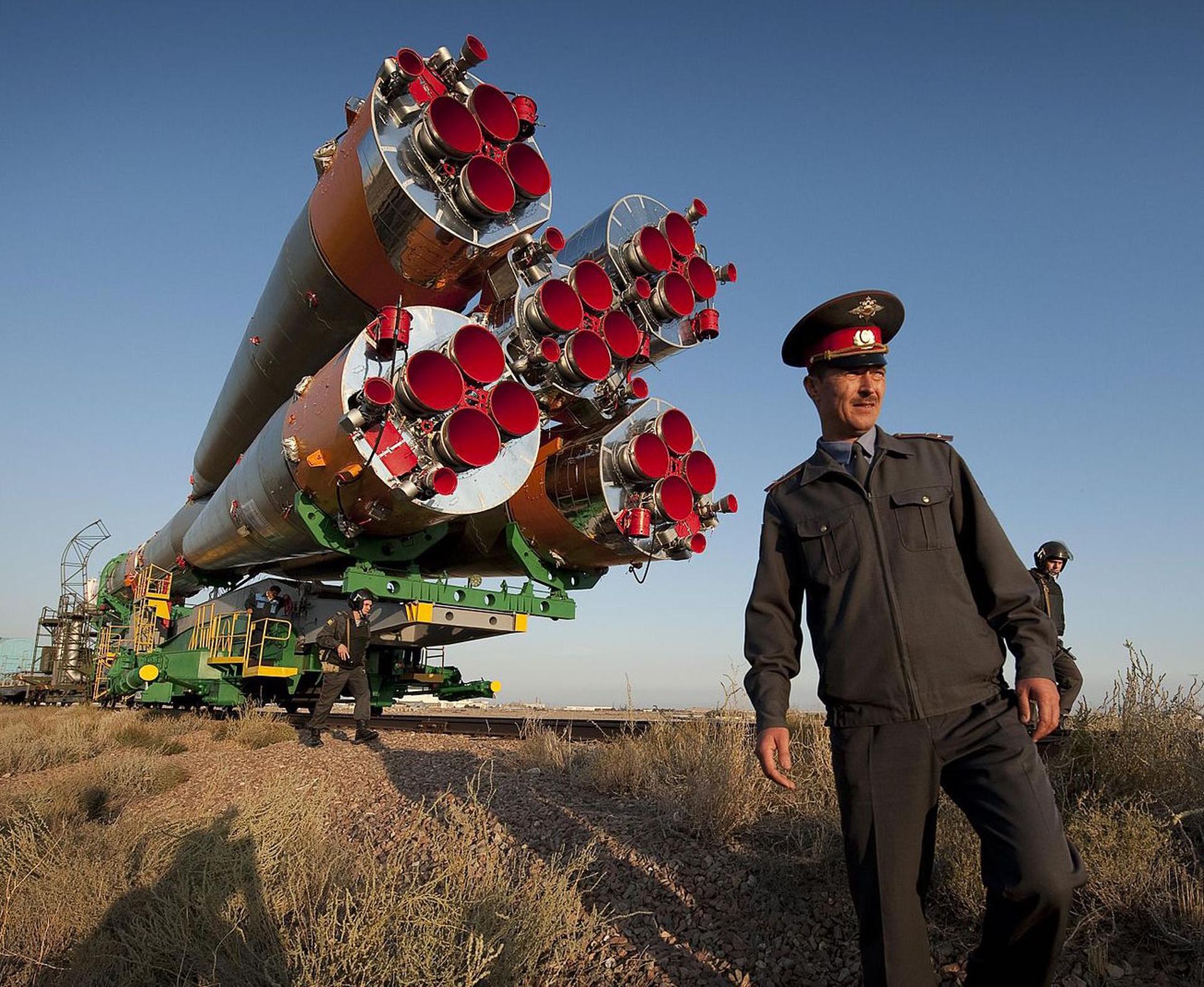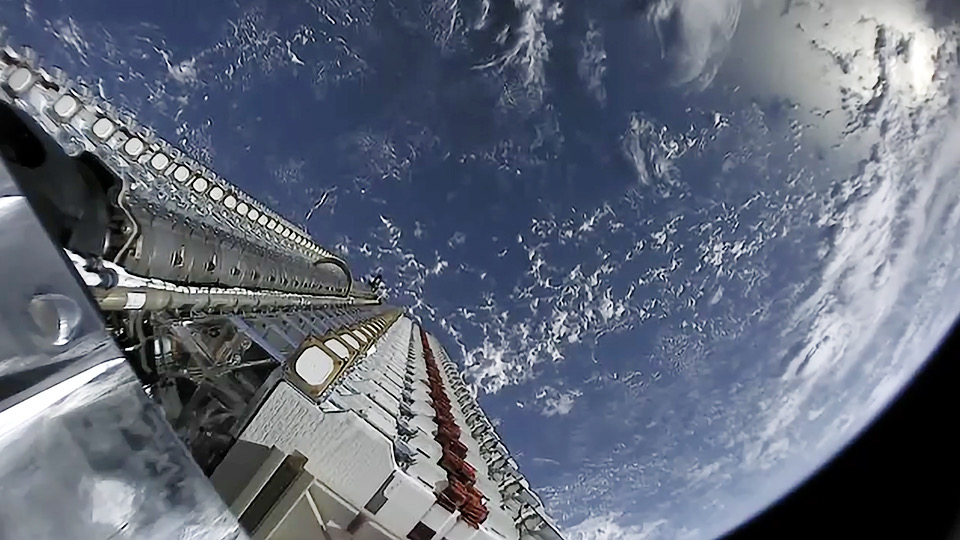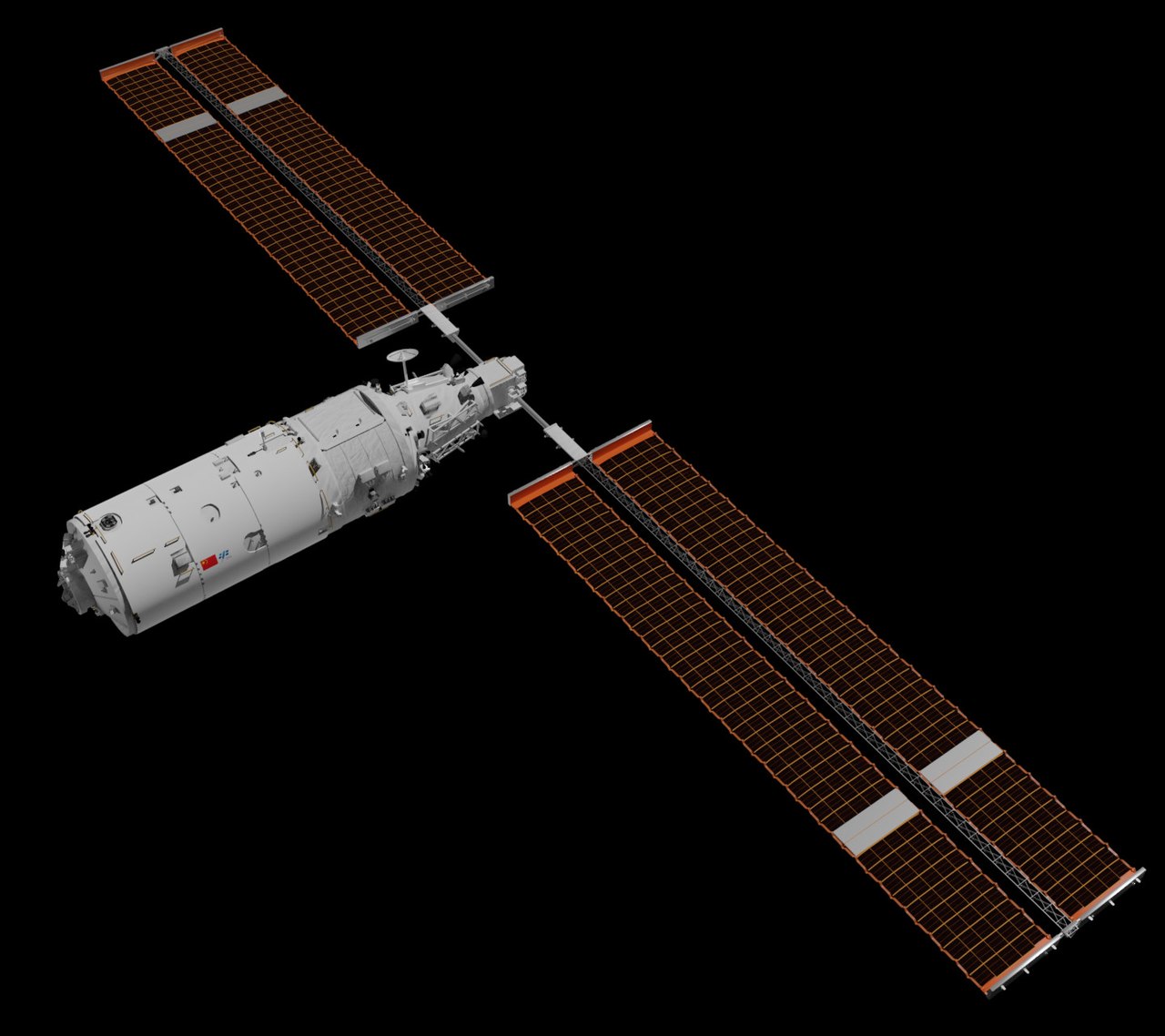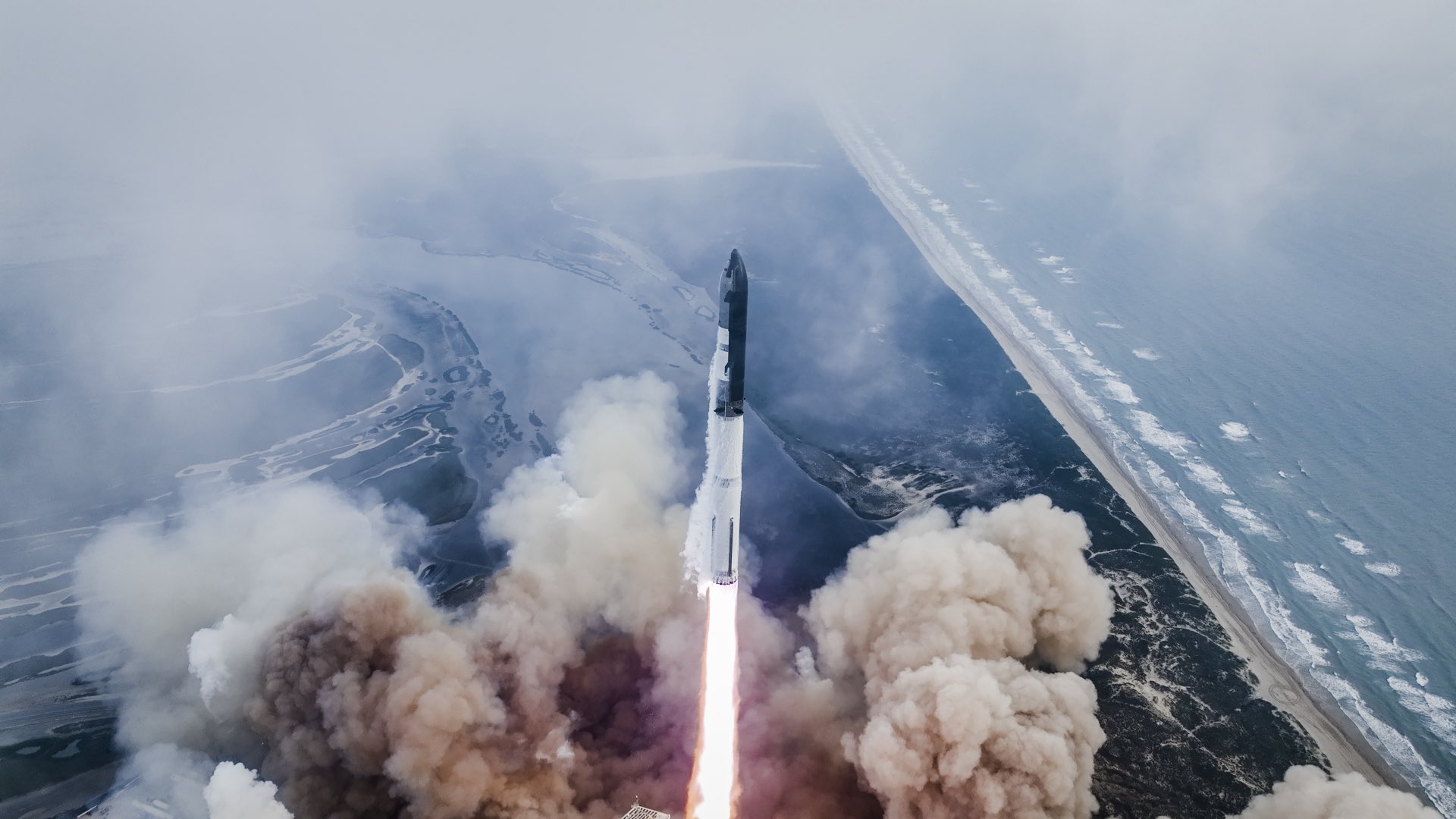· space brief · 6 min read
Space Brief 29 Aug 2025
Today's Space Brief highlights emerging technologies in space, a contract for U.S. Space Force missions, developments in military operations, and updates on drone advancements.

📄Top Stories
The U.S. continues to explore nuclear power uses in space after decades of dormancy, promoting discussions on enhancing long-duration missions beyond solar capabilities. Meanwhile, Geost has been contracted to provide optical payloads for U.S. Space Force’s geostationary satellites, advancing capabilities for space domain awareness. Advancements in military technology see new developments with the Air Force’s drone wingman program lifting off, hinting at future air combat strategies.
📰Detailed Coverage
Restarting Nuclear Power in Space
A recently hosted event revisited the longstanding but re-emerging topic of nuclear power in space, a concept dormant since a single reactor flight in 1965. The discussion focused on the potential of nuclear reactors to fuel spacecraft missions beyond the limitations of current solar and chemical systems, promising new frontiers in prolonged space exploration.
As technology progresses, the integration of such power sources could revolutionize deep space missions, enhancing capabilities for prolonged operations where sunlight is inaccessible, and significant propulsion changes are required.
Read the full story: SpaceNews
U.S. Space Force Advances with Optical Payloads
Geost has secured a contract to provide two optical payloads for upcoming U.S. Space Force missions. Aimed at improving space domain awareness, these payloads will demonstrate commercial capability contributions to geostationary satellite missions, showcasing adaptability and advancing security measures in the crowded geostationary orbit.
These developments not only boost national security operations but also enhance satellite tracking and surveillance, resonating with our web app’s tracking tools and real-time satellite positioning features.
Read the full story: SpaceNews
Building the Future of ICBMs
The U.S. Air Force is progressing with the construction of new missile silos for the Sentinel ICBM, a step that aims to minimize time and cost, despite challenges with available federal land. Complementing these efforts, the B-21 Raider advances toward its next developmental milestones, reinforcing strategic military capabilities.
The ongoing construction and development in missile technology highlight the U.S.’s focus on maintaining robust defensive and offensive strategies, aligning with overall defense advancements in space and terrestrial applications.
Read the full story: Breaking Defense
Air Force Drone Advancements
The introduction of General Atomics’s YFQ-42A drone marks a critical progression in the Air Force’s effort to integrate autonomous systems within their Collaborative Combat Aircraft program. This milestone test flight indicates a significant move towards autonomous combat environments, with additional drones from Anduril on the horizon.
These drones promise enhanced operational capabilities and strategic flexibility, suggesting transformative impacts on future military tactics and coordination.
Read the full story: Breaking Defense
Army’s Autonomy Push
The U.S. Army is nearing completion of its ‘characteristics of need’ guidance aimed at integrating autonomy into military operations. This framework intends to streamline industrial innovation and collaboration, paving the way for deploying autonomous systems in tactical scenarios.
The strategic focus highlights a growing trend towards leveraging automation to improve operational efficiency and combat readiness in dynamic environments.
Read the full story: Breaking Defense
Unmanned Ground Vehicles in Focus
The Army is collaborating with three companies to advance its Infantry Squad Vehicles (ISVs) towards unmanned operations. This project evaluates the reliability and potential operational value of autonomous systems in enhancing soldier capability on the battlefield.
The shift towards unmanned ISVs reflects a broader defense initiative to incorporate automation, improving tactical versatility and mission success rates.
Read the full story: Breaking Defense
🛰️Satellite Spotlight
- Satellite Name: Time We’ll Tell
- NORAD ID: 58572
- Launch Date: November 11, 2023
- Mission: This satellite is focused on technology demonstration, although specific details about its technology are currently limited.
- Orbit: LEO (Low Earth Orbit)
- Operator: TRPT
- Fun Fact: The Time We’ll Tell satellite is a CubeSat (3U), which means it has a compact size perfect for innovative missions in a small package.
Track this satellite in real-time on our web app: Track Time We’ll Tell
🌌Space Weather
Current space weather shows High solar flux (232).
Current
R0 - S0 - G0
Last 24 Hour Maximums
R1 - S0 - G0
Recent Alerts
- Proton Event: 10 MeV Integral Flux exceeded 10 pfu, rated S1 - Minor. Event occurred from Aug 25 to Aug 27, peaking at 13 pfu.
Next 24 Hours
-
Radio Blackouts Probability
- Minor: 60
- Major: 10
- Risk: None
-
Solar Radiation
- Probability: 50
- Risk: None
-
Geomagnetic Storming
- Scale: 0
- Impact: none
- Activity: Low
-
Impact Summary
- Next 24 hours: No risk of radio blackouts or solar radiation storms. The geomagnetic outlook indicates no G1 (Minor) or greater storms expected. Additionally, no significant solar wind features are forecast.
Long Term Forecast
- Forecast of Solar and Geomagnetic Activity (Aug 25 - Sep 20)
- Solar activity is predicted to remain low with chances for M-class flares (R1-R2/Minor-Moderate) through Sep 20.
- Greater than 10 MeV proton levels are expected to drop below 10 pfu after Aug 26 and remain low through Sep 20, with no significant events anticipated at geosynchronous orbit.
- The greater than 2 MeV electron flux will vary from moderate to high levels on specific days outlined in the full forecast.
- Geomagnetic field activity is expected to be mostly quiet with periods of unsettled and active conditions tied to coronal hole high-speed stream influences.
🚀Upcoming Space Launches
August 30
- SpaceX Falcon 9:
- Starlink Group 17-7 from Vandenberg SFB, CA, USA (02:05 UTC) A batch of 24 satellites for the Starlink mega-constellation - SpaceX’s project for space-based Internet communication system.
August 31
- Blue Origin New Shepard:
- NS-35 from West Texas Suborbital Launch Site/ Corn Ranch, TX, USA (00:00 UTC) This flight will fly more than 40 scientific and research payloads to space and back, including 24 experiments from NASA’s TechRise Student Challenge.
- SpaceX Falcon 9:
- Starlink Group 10-14 from Cape Canaveral SFS, FL, USA (11:15 UTC) A batch of 28 satellites for the Starlink mega-constellation - SpaceX’s project for space-based Internet communication system.
September 3
- SpaceX Falcon 9:
- Starlink Group 17-8 from Vandenberg SFB, CA, USA (02:33 UTC) A batch of 24 satellites for the Starlink mega-constellation - SpaceX’s project for space-based Internet communication system.
- SpaceX Falcon 9:
- Starlink Group 10-22 from Cape Canaveral SFS, FL, USA (11:06 UTC) A batch of 28 satellites for the Starlink mega-constellation - SpaceX’s project for space-based Internet communication system.
September 4
- SpaceX Falcon 9:
- Starlink Group 10-57 from Kennedy Space Center, FL, USA (11:18 UTC) A batch of 28 satellites for the Starlink mega-constellation - SpaceX’s project for space-based Internet communication system.
September 6
- SpaceX Falcon 9:
- Starlink Group 17-9 from Vandenberg SFB, CA, USA (15:42 UTC) A batch of 24 satellites for the Starlink mega-constellation - SpaceX’s project for space-based Internet communication system.
September 8
- SpaceX Falcon 9:
- Nusantara Lima from Cape Canaveral SFS, FL, USA (00:00 UTC) Nusantara Lima is an Indonesian geostationary communications satellite with a capacity of more than 160 Gbps.
September 10
- SpaceX Falcon 9:
- SDA Tranche 1 Transport Layer B from Vandenberg SFB, CA, USA (00:00 UTC) Classified mission launched by the Space Development Agency (SDA) for Tranche 1 Transport Layer.
September 11
- Russian Federal Space Agency (ROSCOSMOS) Soyuz 2.1a:
- Progress MS-32 (93P) from Baikonur Cosmodrome, Republic of Kazakhstan (13:49 UTC) Progress resupply mission to the International Space Station.
Note: Launch dates and times are subject to change due to technical or weather considerations.

Maurice Stellarski





